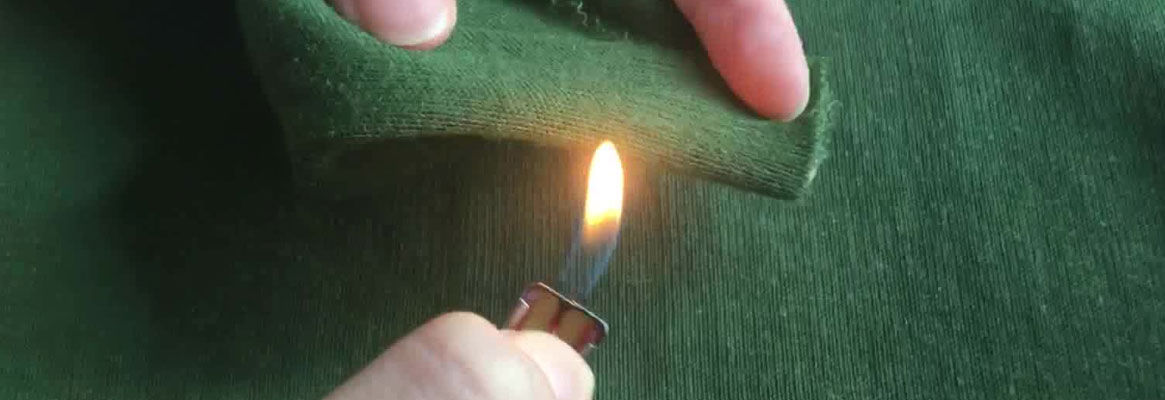Abstract
Polyester forms a major constituent among the syntheticfiber industry. It is the most popular synthetic fiber because of its highstrength and esthetic appeal. Polyester being highly crystalline, hydrophobicand devoid of reactive groups, it is difficult to introduce reactive phosphorusinto the fiber structure through chemical reactions with the phosphoruscompounds. Fairly large quantities of the FR chemicals have to be incorporatedto achieve self-extinguishing behavior. Although not all Flame Retardant (FR)chemicals are hazardous, it is advisable from an ecological point of view tointroduce minimum quantities of FR substances in the fiber structure.
The present Paper tries to address the said problems in asmall way, so that the PET fiber could be better acceptable. Therefore, graftco-polymerization of nitrogenous vinyl monomers has been carried out on thefiber followed by its reaction with phosphorus chemicals, thereby incorporatingreactive phosphorus in the grafted substrate. It has been shown that a verysmall amount of the FR chemical could impart fire resistance of very high orderto polyester. Self-extinguishing characteristic was achieved for poly (ethyleneterephthalate) fibers with acrylamide-grafted-phosphorylated (AM-g-P) PET fiberscontaining just 0.189% phosphorus on-weight-of-fiber (owf). Similar resultswere obtained for methacrylamide-grafted-phosphorylated (MAm-g-P) polyesterfibers at the 0.77% phosphorus content level. Efficiency of phosphorus inpresence of nitrogen that was achieved was at 263% for acrylamide (AM) system,while it was -12% for acrylonitrile (AN-phosphorus combination). This isattributed to P-N synergism in case of the FR polyester system when thenitrogen is in the amido form present in AM and MAm monomers.
About the Authors
The authors are associated with Polygel Technologies IndiaPvt. Ltd., Mumbai and University of Mumbai, Institute of Chemical Technology, Mumbai, India, respectively.
About the Source
Reproducedcourtesy of Journal of Engineered Fibers and Fabrics (JEFF), 3, 4, 2008, P.O. Box 1288, Cary, North Carolina 27512-1288, USA. Tel: (919) 233-1210 Fax: (919) 233-1282 Internet:&sec=article&uinfo=<%=server.URLEncode(1876)%>" target="_blank">www.jeffjournal.org



_Small.jpg)



